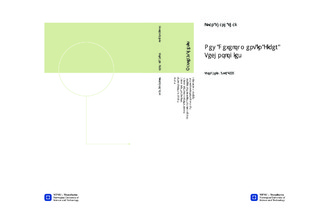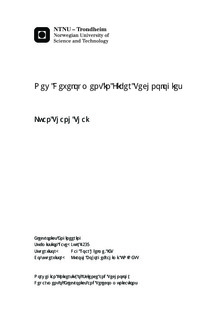| dc.description.abstract | Optical fiber technologies has gone through tremendous developmentssince its first installation in the 1970s. Three decadeslater it has become the backbone of the global telecommunicationsnetwork, providing high speed internet access to homesand offices, and instant communications through telephones allaround the world. In present day internet service provider, cabletelevision providers, telephone providers and power providershas established their own fiber optic network. Compared tocopper wires, fiber optics are immune to electromagnetic interferenceand its low attenuation while maintaining high bandwidthover long distances. These features makes fiber opticsquite popular in the telecommunication business, which at thismoment is a billion dollar industry. In order for various fiberoptics manufacturer to develop compatible fiber optics systems,ITU Telecommunication Standardization Sector(ITU-T) have developedseveral fiber optics standards.Optical fibers are not only for a mainstream telecommunicationsmarket, other fibers have been developed for specific purposes,so-called non-standard specialty fibers. There?s a rapidlygrowing need for these non-standard fibers in the niche market.These fibers have their properties altered, for example specialcoatings around the fiber that help withstand high temperatures.The thesis will give a brief overview of the characteristics ofboth optical fiber standards and non-standard, and a comparisonof the standard fibers based on their similar purposes.The work done by standard organization such as the ITU-T,have helped evolve this fast changing telcommunications industry.Their work has helped with defining the technology andarchitecture of the fiber optical transport system. Developmentof the standard gives a technical specification giving shape tothe global telecommunications infrastructure.The non-standard optical fiber, which was ones a boutiquebusiness in 1990s, quickly rose to a $239 million market. Followingthe dynamic market growth, it grew further to $635 million in 2010 and $673 million, and is expected to reach almost a billion dollar industry by the year 2016. Its rapid growth shows that the non-standard fiber industry has had a tremendous development, but is still not comparable to the standard fiber market. | nb_NO |

